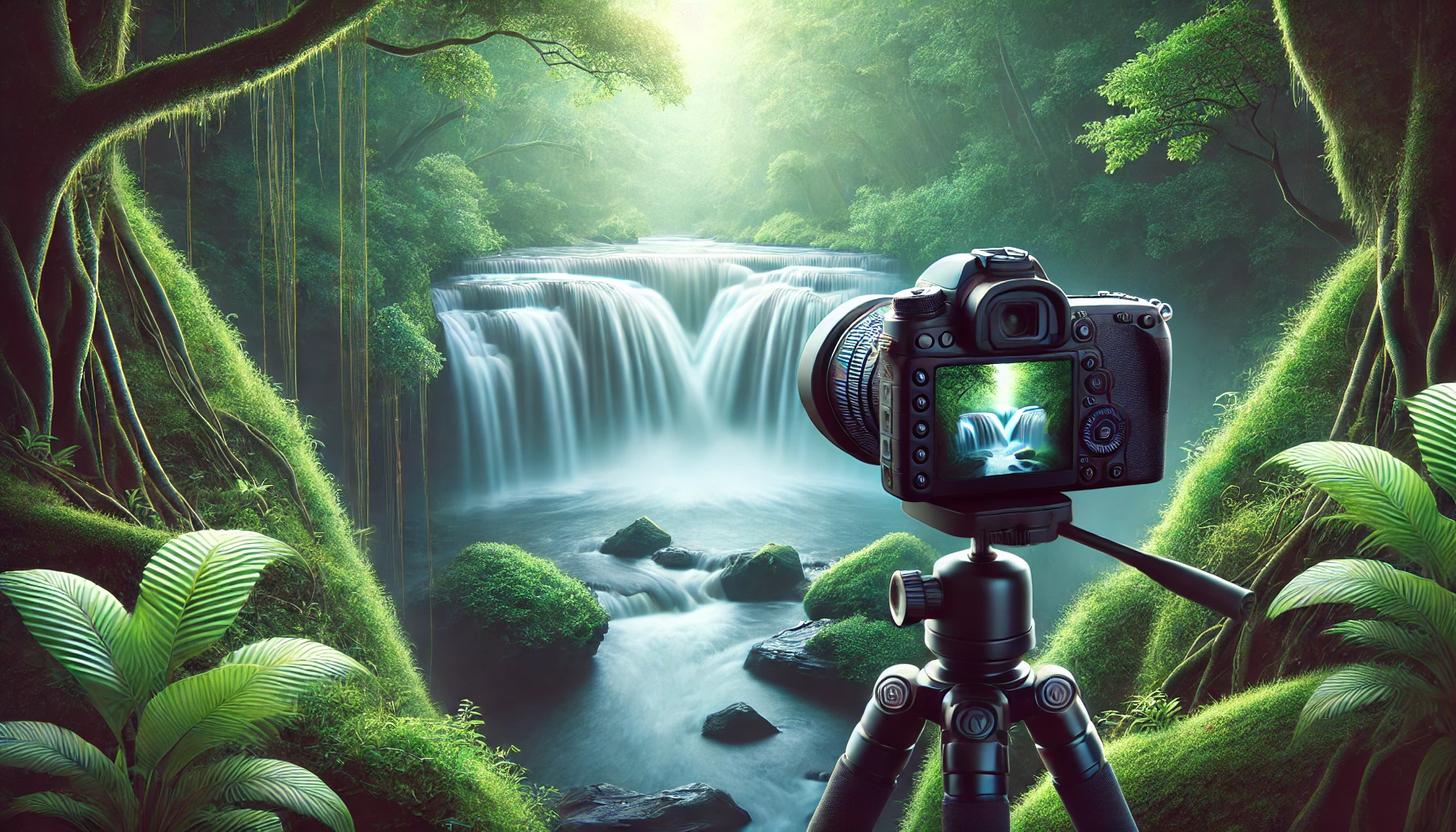Long-exposure photography is a technique that creates magical effects by capturing movement over time. From silky smooth waterfalls to light trails in busy cities, mastering this art requires the right tools and techniques. Here’s a step-by-step guide to capturing stunning long-exposure photos.
1. Use a Tripod
A stable camera is essential for long exposures. Any slight movement can ruin the shot.
Pro Tip: Use a sturdy tripod with adjustable legs to adapt to uneven surfaces.
2. Select the Right Shutter Speed
The key to long-exposure photography is setting a slow shutter speed. Experiment with speeds ranging from 1 second to several minutes, depending on the effect you want.
Pro Tip: Start with 10–15 seconds for light trails and adjust as needed.
3. Adjust Your Camera Settings
To balance your exposure:
- Use a low ISO (e.g., 100) to minimize noise.
- Set your aperture between f/8 and f/16 for sharpness.
- Use manual or bulb mode for precise shutter control.
Pro Tip: Enable long-exposure noise reduction in your camera settings.
4. Use Neutral Density (ND) Filters
ND filters reduce the amount of light entering your lens, allowing for longer exposures even in bright conditions.
Pro Tip: Start with a 6-stop or 10-stop ND filter for dramatic daytime long exposures.
5. Focus Properly
Before starting your long exposure, focus manually on your subject. Autofocus may struggle in low light or with filters attached.
Pro Tip: Use live view or focus magnification to ensure sharpness.
6. Capture Movement
Long exposure is ideal for subjects that include motion, such as:
- Waterfalls or rivers (silky effect).
- Clouds (soft, streaked skies).
- Cityscapes (light trails from vehicles).
Pro Tip: Incorporate stationary elements for contrast and balance.
7. Take Test Shots
Test your composition and exposure settings with a quick shot before committing to a long exposure.
Pro Tip: Adjust based on highlights, shadows, and overall balance.
Checklist for Long-Exposure Photography
- Is your tripod stable and secure?
- Have you set the correct shutter speed and ISO?
- Are your highlights and shadows balanced in the test shot?
Long-exposure photography transforms ordinary scenes into extraordinary visuals. With practice and experimentation, you can master this technique and create stunning, dreamlike images.
